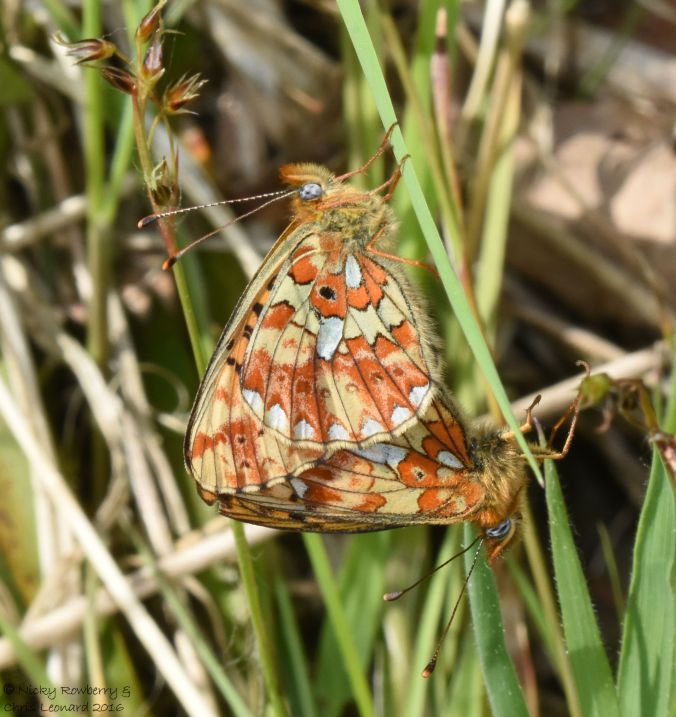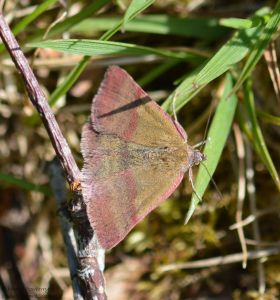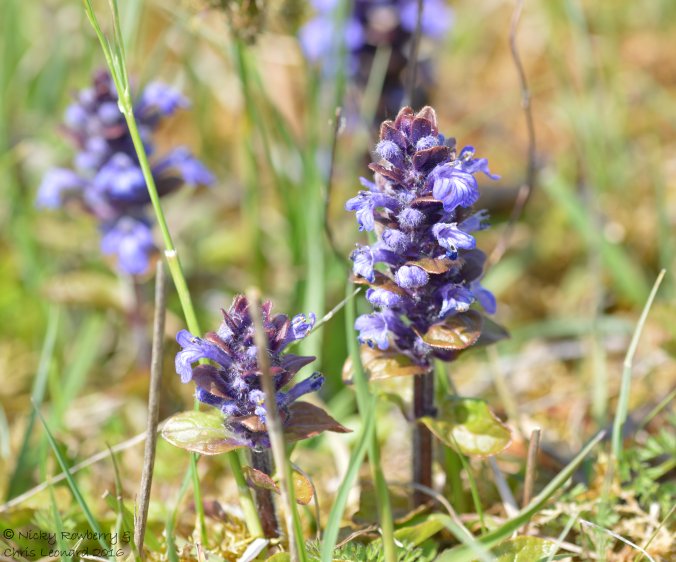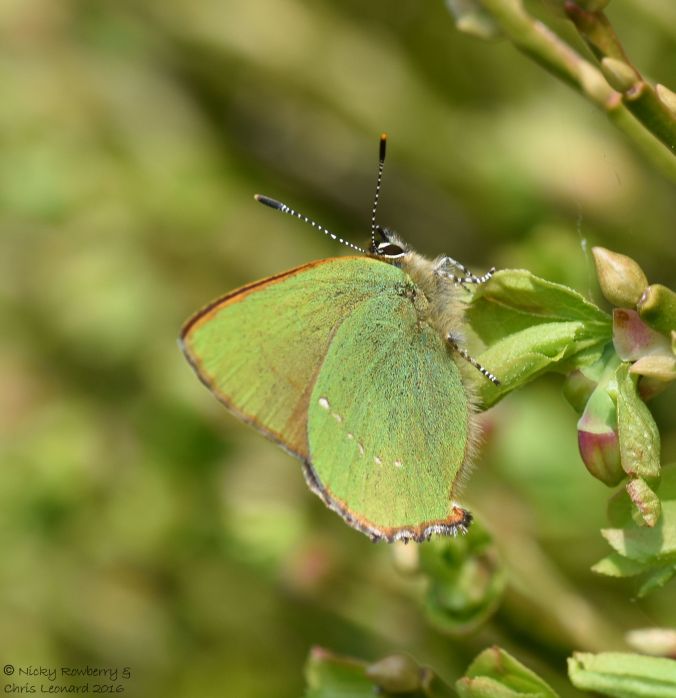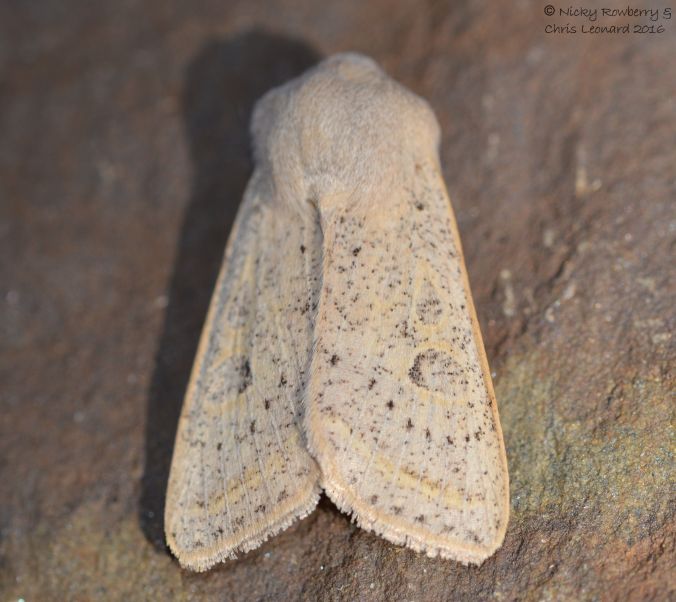It’s been a mixed week with the trail cam this last week or so. We’ve either had two happy successes in the garden or one success and one disappointment and we can’t work out which. The undecided is our baby blue tits.
We’ve been filming the adults going in and out for a few weeks now. They seemed to be doing a good job feeding the babies and we could hear chicks chirping. Then suddenly about 9am last Wednesday the adults started flying back to the box with caterpillars, stopping, peering in and looking confused. We’d had the trail cam on the box continuously and this was a very marked change in behaviour. For the first couple of mini video clips I thought great – because the adults were hanging around outside, clutching the food which made for much better shots. But after the 20th clip of the same thing, we started to worry. We also couldn’t hear the chicks tweeting any more. There was no evidence on any of the films of predation (next door’s cat had been a likely candidate, but couldn’t reach the box with the chicken wire over it). Could the chicks have all fledged and the camera just missed them leaving the box? Have they just died in the box – why would they, when the parents were doing a good job with the food? Here are a couple of clips of the confused looking adults.
The adults seem to have stopped using the box now, so we could check to see if there are dead chicks in there, but while we don’t know for sure, there’s still hope that they did fledge and it’s a happy ending. The adults are still feeding in the garden and disappear into various trees, so it could be there are chicks hiding amongst the leaves. There’s a lot of general chirping in our apple tree and next door’s damson tree, so fingers crossed they made it.
The definite happy event is that our hedgehog is back! He or she may have been around for weeks, but as we’ve had the trail cam pointed up for bird activity rather than down on the grass we hadn’t realised. So the upside of the end of the bird box activity was that I tried filming downwards at night instead of up! And lo and behold the hedgehog trundled into view. The first film is a bit blurry – wrong lens or LED setting or something technical (blame the operator!)
Second attempt is a bit sharper and I’d added a bowl of catfood as a bit of a temptation which seemed to do the trick.
Previous years we’ve had a pair of hedgehogs (but of course no trail cam to record them), so fingers crossed we have two this year too. So hopefully more hedgehog action to come.
If anyone can shed any light on the blue tit behaviour – any thoughts would be much appreciated. It will be disappointing if they’ve fledged and the camera missed it, but not as disappointing as if they didn’t make it at all. One final happy thought though – when up this morning before 5am to empty the moth trap and check the hedgehog cam, I spotted what looked like a pair of Long Tailed Tit chicks in the apple tree – so one happy little bird family in the garden at least.
















